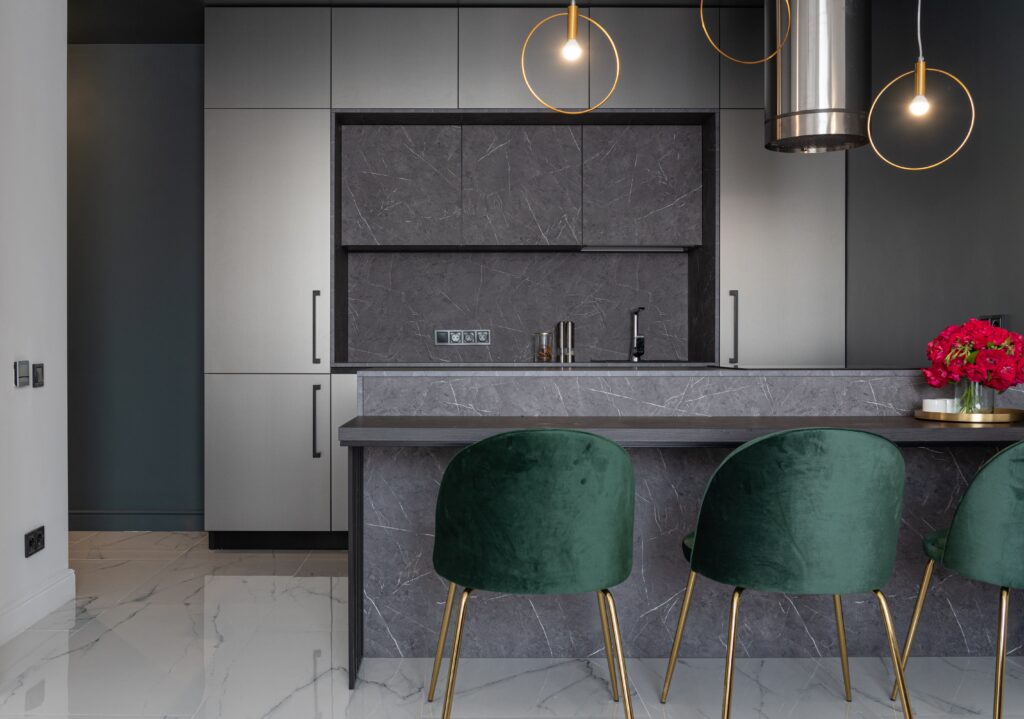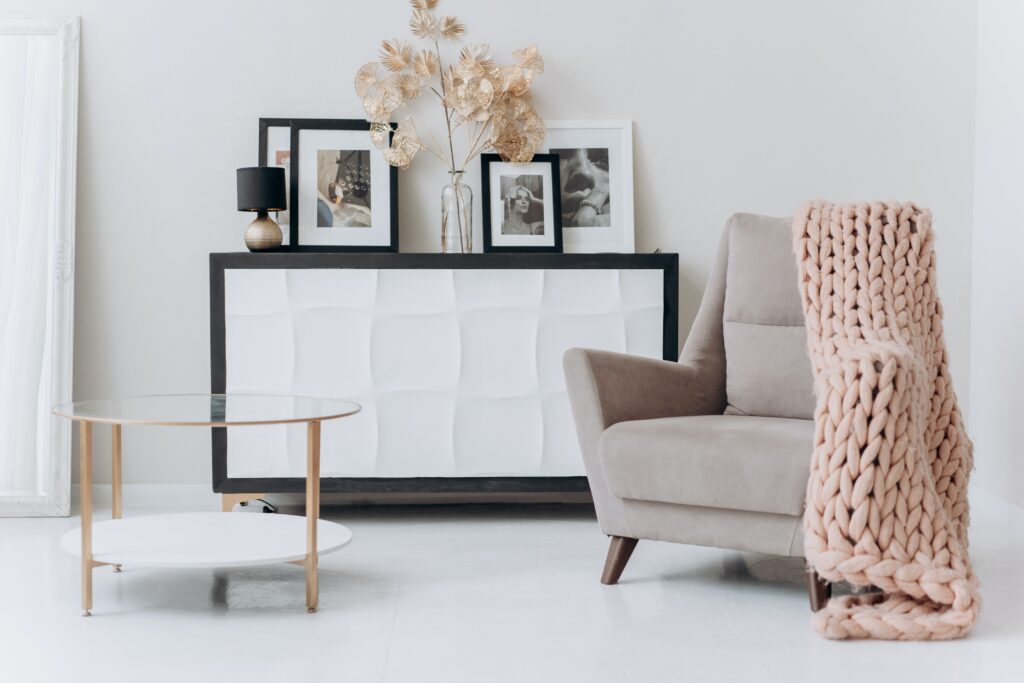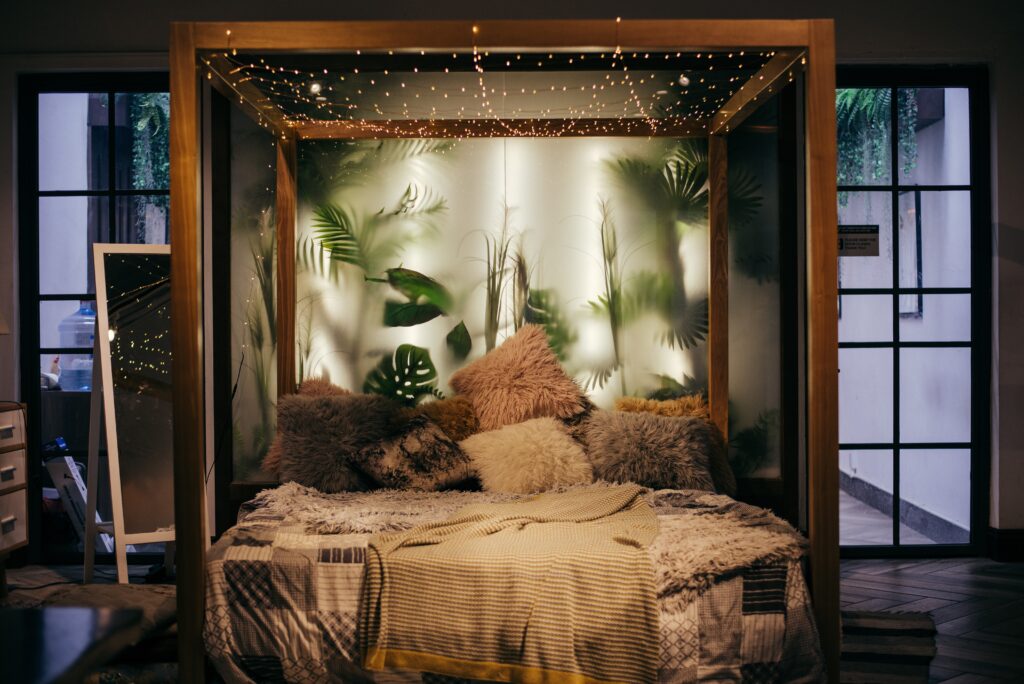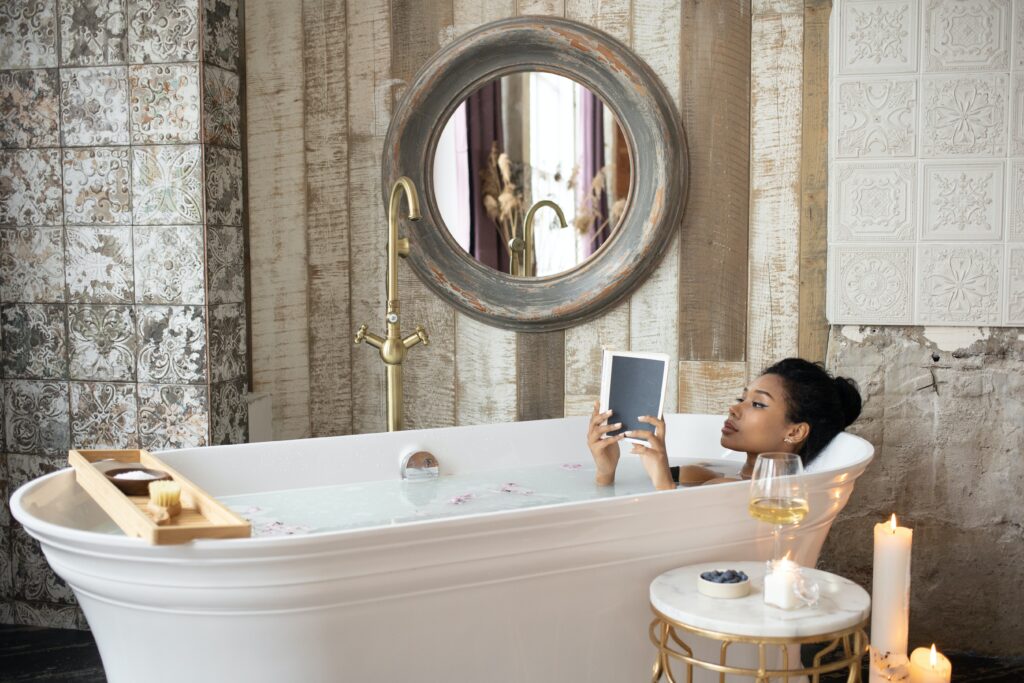Does your home’s design contribute to your wellness?
Here are some of the top insights into the impact interior design has on you.
Over the past two years most have us have been spending more time at home. A lot more time. Upwork estimated that 1 in 4 Americans at least worked from home last year. And that trend looks set to continue for much of 2022.
Now, a new report from Mody offers 10 insights into “interior wellness” or how your abode can impact your actual or perceived wellbeing. And some of the findings are generationally unique, too.

Your home’s style affects how you feel
Those who identify contemporary as a style in their home are more likely to really love their home. This suggests that people are happy when they feel like their home is up to date. Those with a contemporary style are also the second most likely to feel house proud of and feel like it matches their personality.
Meanwhile, those who identify their home’s style as country feel the least proud of their homes and are the least likely to really love their home. They’re also the least likely to feel excited to invite others to their home and to say they feel happy in their space.

Good design comes down to two feelings
Personal taste aside, the top two feelings people associated with good design were “cozy and calm”—with “organized and relaxed” following close behind.
The most popular styles might surprise you
Despite people saying they wanted to feel “cozy and calm”, their four favorite styles were minimalist and not exactly warm: Mid-Century Modern; Contemporary; Traditional/Classical/Neoclassical; Transitional. Least favorite? Maximalist.

The 2 style preferences that make people happier
Rustic, and Mediterranean, were the top two, with Mountain in number 5 spot. Even though folks lean towards a clean and calm and minimalist vibe, it’s that homespun touch that makes them feel like they’ve found their nest.
Age affects how you view a happy home
There are trends among specific age groups concerning aesthetics and happiness. Older Millennials and Gen X-ers want their homes to be organized to make them feel happy in their space. Baby Boomers want to be calm, relaxed, and happy (in that order) when at home.

The color that makes people feel happy and safe?
Purple! Although most people cited Blue as a favorite color in home design, Purple was a top color for evoking positive associations including a sense of control.
For the full 10 insights into interior wellness go here.






